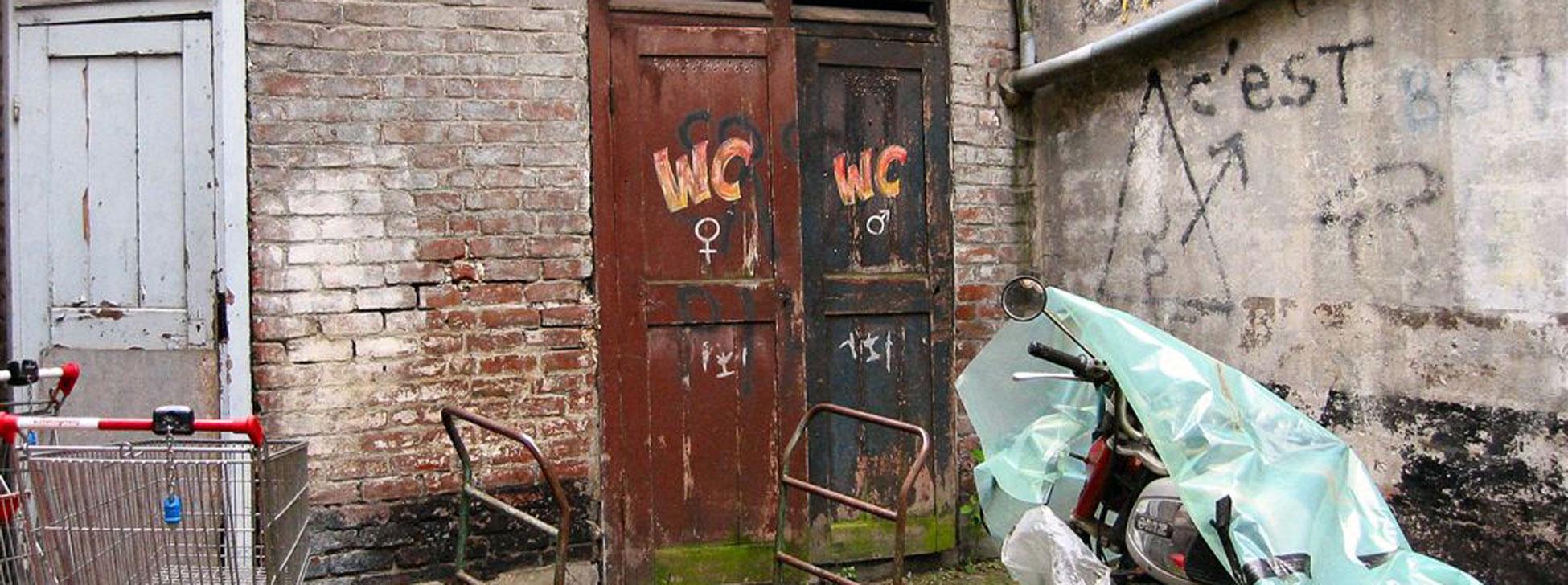I first slipped—and I do mean slipped—into a squat toilet during my first day of trekking Nepal’s Annapurna Circuit. The copper tap dripped, the porcelain foot placements were soaked and the surrounding cement slick. Behind the corrugated metal doorway, darkness. Sure, I had toilet paper in my pack, but there was no dry place to put my pack down.
Questions, questions: Was there a flusher? Was tap water meant for handwashing? By day 16, I was an old hand at negotiating these kinds of situations with ease.
Squat toilets are a reality in airports, guesthouses and trailside biffies in most developing countries. Ready to venture beyond your First World cubicle comfort zone? Maybe not, but changes in diet and even brushing your teeth with tap water can cause tummy rumbles and intestinal issues leading to an intimate relationship with squat toilets. These five tips provide the low-down for peak performance.
1. Squats are for more than ski season prep
Be honest. How flexible are your knees? How’s your quad strength? How hard is it for you to get up out of the kind of deep squat required for you to, delicately put, “do your business”?
Months before you step onto foreign soil, step into a gym. Squats and lunges are your new best friends.
2. Functional fashion
Every wonder why Tibetan women wear dresses? Hemlines gather easily when squatting. Wearing a modest dress or skirt instead of tight pants is considered respectful behaviour in many cultures.
Unless you’re in shorts, roll up your pant legs up before entering chambers with damp floors. Hiking boots provide good grip, keep your feet dry and are a wiser choice than skimpy sandals.
If you’re hiking, stow your potty kit in an outside pack pocket. When nature calls, leave your pack with your trekking partner, stash the bag in a deep pocket and prepare for a unique experience.
3. Don’t get caught in the dark
There’s nothing like that first step into a tiny, dark stall. Where’s the light switch? In Nepal, for instance, electricity ranges from intermittent in cities to non-existent in the countryside. Latrine windows are often a non-event. That’s why a headlamp is essential. For hands-free operation, put it on before entering and remember to pack extra batteries.
4. Bring the comforts of home
Whether you’re heading towards the ladies or the gents, it’s okay to be a princess. Pack a few puffy rolls of your preferred quilted paper. Toilet paper can be shockingly expensive and isn’t always available for sale. As COVID-19 has taught us, hand sanitizer is indispensable. Match your mood and trekking clothes with a variety of colourful scents. Take several; you’re sure to lose at least one.
5. Keep the system clean
It’s inevitable: toilet paper clogs non-flush squat toilets, even when a pail of water is provided to wash it down. In teahouse guesthouses on the trekking circuits in Nepal, sometimes—but not always—a cardboard carton is provided for disposal.
Don’t be the tourist who causes a plumbing problem. Carry a paper bag inside a ziplock bag to transport your used paper. Burn it in the wood stove at the next lodge.

